Liquid vs Dry Chalk – Which One Should You Use for Climbing?
Chalk is a climber’s best friend. It keeps your hands dry, improves friction, and can make all the difference in sticking that crux move. But when it comes to choosing between liquid chalk and dry chalk, which one should you use?
Both have their strengths, and the right choice depends on factors like climbing style, environment, and personal preference. In this guide, we’ll break down the differences and help you decide which type suits you best.
What is Climbing Chalk?
Climbing chalk is made from magnesium carbonate (MgCO₃), a moisture-absorbing compound that prevents sweaty hands from slipping off holds. It’s the same chalk used by gymnasts, weightlifters, and pole dancers, but climbers have developed different forms to suit various needs.
The two main types are dry chalk (loose, block, or ball) and liquid chalk (a mixture of chalk and alcohol that dries on your hands). Each has its pros and cons, and the best choice depends on how and where you climb.
Dry Chalk – The Classic Choice
Dry chalk is the traditional option, widely used by climbers for decades. It comes in three forms:
- Loose chalk – Powdered and easy to apply, often stored in a chalk bag.
- Block chalk – A compressed chunk that you can break apart to your preferred texture.
- Chalk ball – A fabric ball filled with chalk, reducing mess and waste.
Pros of Dry Chalk:
- Quick and easy to apply.
- Readily available and budget-friendly.
- Allows frequent top-ups during a climb.
Cons of Dry Chalk:
- Can be messy, leaving dust on clothes and gear.
- Some climbing gyms restrict loose chalk due to air quality concerns.
- Less effective in humid conditions, as it wears off faster.

Loose chalk from Psyche Chalk – a classic choice for climbers who prefer quick and easy application.
Liquid Chalk – The Modern Alternative
Liquid chalk is a mixture of magnesium carbonate and alcohol. When applied, the alcohol evaporates, leaving an even layer of chalk on your hands. This creates longer-lasting friction with minimal dust.
Pros of Liquid Chalk:
- Provides a solid base layer that lasts longer than dry chalk.
- Less airborne chalk, making it gym-friendly.
- Reduces the need for frequent reapplications.
Cons of Liquid Chalk:
- Takes a few seconds to dry before you can start climbing.
- The alcohol can dry out your skin, requiring extra hand care.
- Generally more expensive than dry chalk.

BP Refillable Chalkball – a mess-free and efficient way to keep your hands dry while climbing.
When to Use Each Type
Both liquid and dry chalk have their place, depending on your climbing environment and personal preference.
Indoor Climbing:
- Many gyms prefer liquid chalk because it reduces chalk dust in the air.
- If the gym allows dry chalk, you can use a chalk ball to minimize mess.
Outdoor Climbing:
- Dry chalk is more common for outdoor bouldering and sport climbing.
- Liquid chalk can be useful as a base layer for longer routes.
Bouldering vs Sport Climbing:
- Bouldering often involves quick, powerful moves, so frequent dry chalk top-ups can be beneficial.
- Sport climbing routes are longer, making liquid chalk a great base layer to reduce the need for reapplication.
Sweaty Hands vs Dry Hands:
- If you sweat a lot, liquid chalk provides better initial coverage and lasts longer.
- If your hands stay relatively dry, dry chalk may be all you need.
Which Chalk is Best for You?
The best choice depends on your climbing style, environment, and personal preference. Many climbers combine both—using liquid chalk as a base layer for longevity and topping up with dry chalk when needed.
If you're unsure, experiment with both to see what works best for you. Either way, keeping your hands dry is what matters most!
Find the Right Chalk at BP Showroom
Looking to upgrade your chalk game? Visit BP Showroom to explore a range of liquid and dry chalk options from top climbing brands. Whether you need a mess-free solution for the gym or a high-performance blend for outdoor sends, we’ve got you covered.
Drop by BP Showroom today and get the friction you need to crush your next climb!

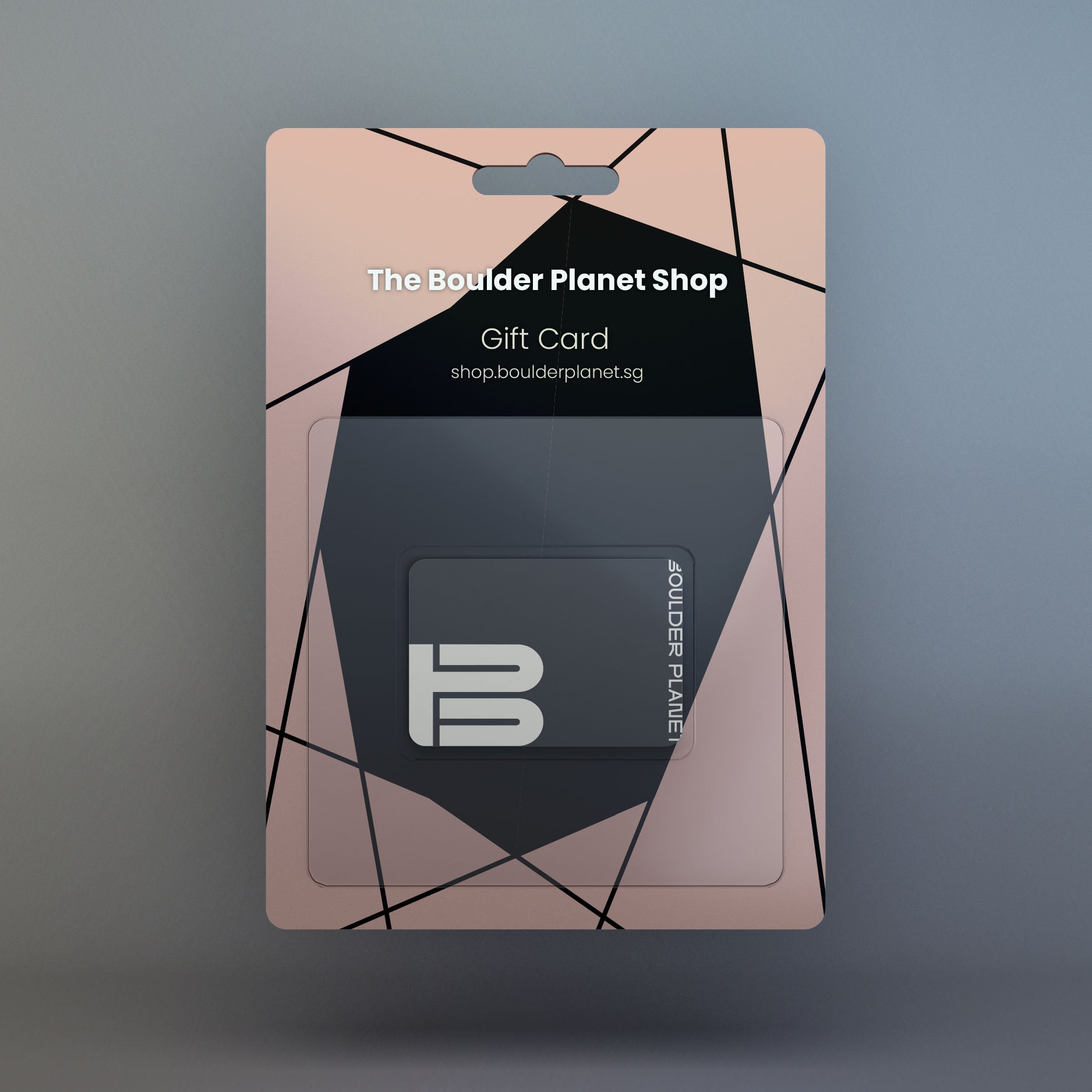
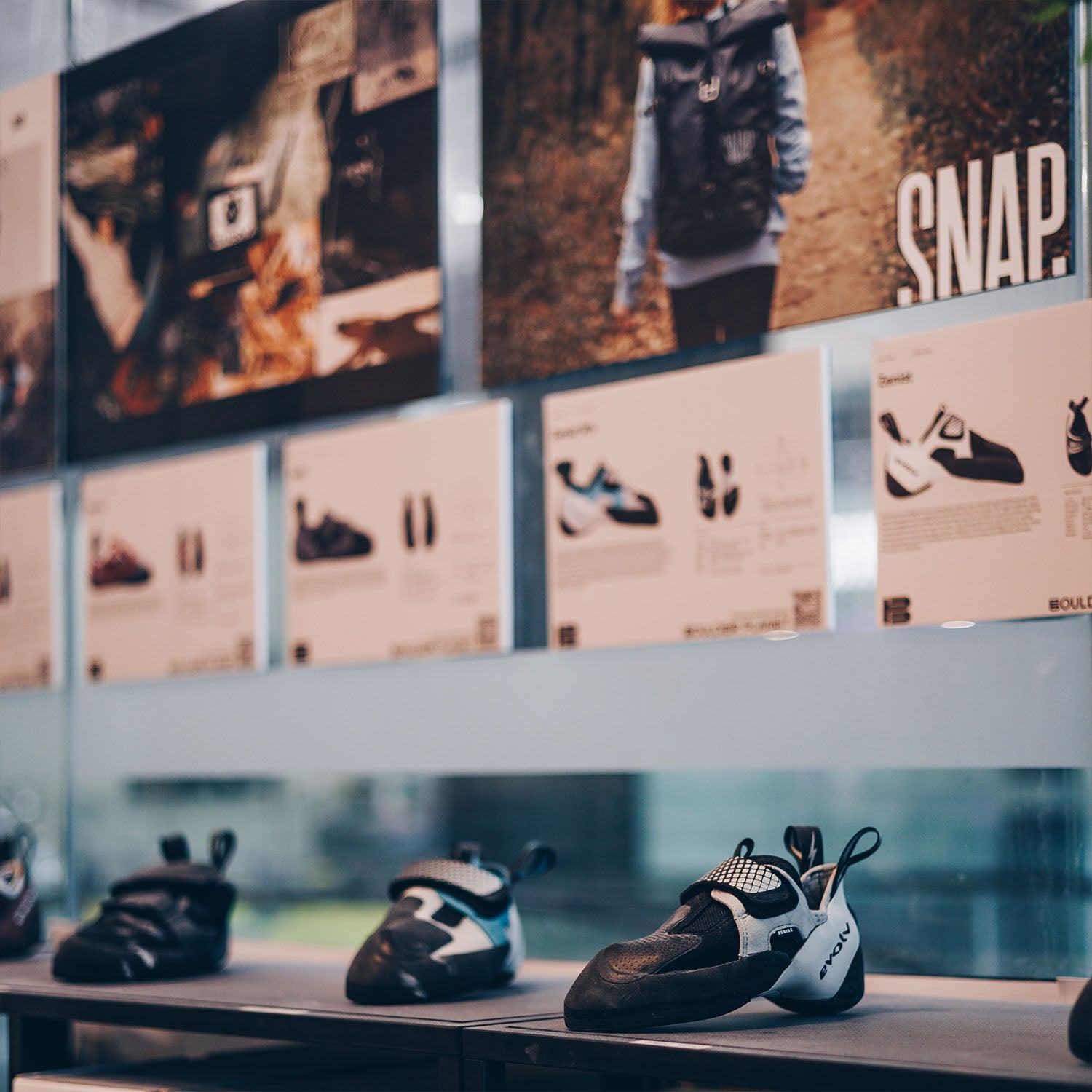
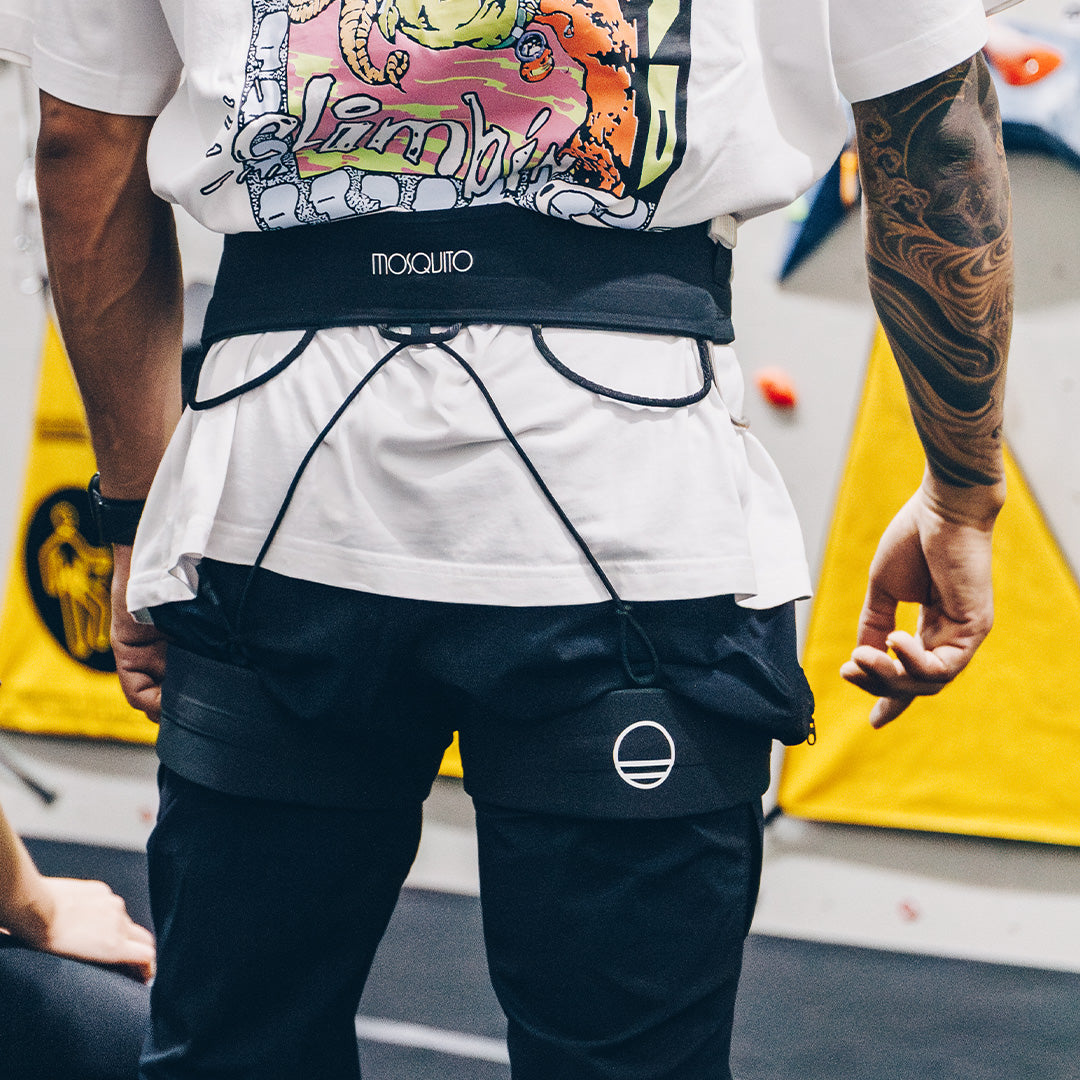


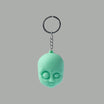
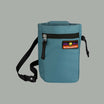

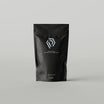

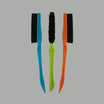
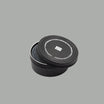
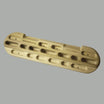
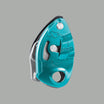
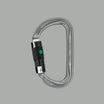
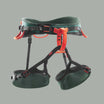
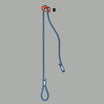
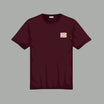
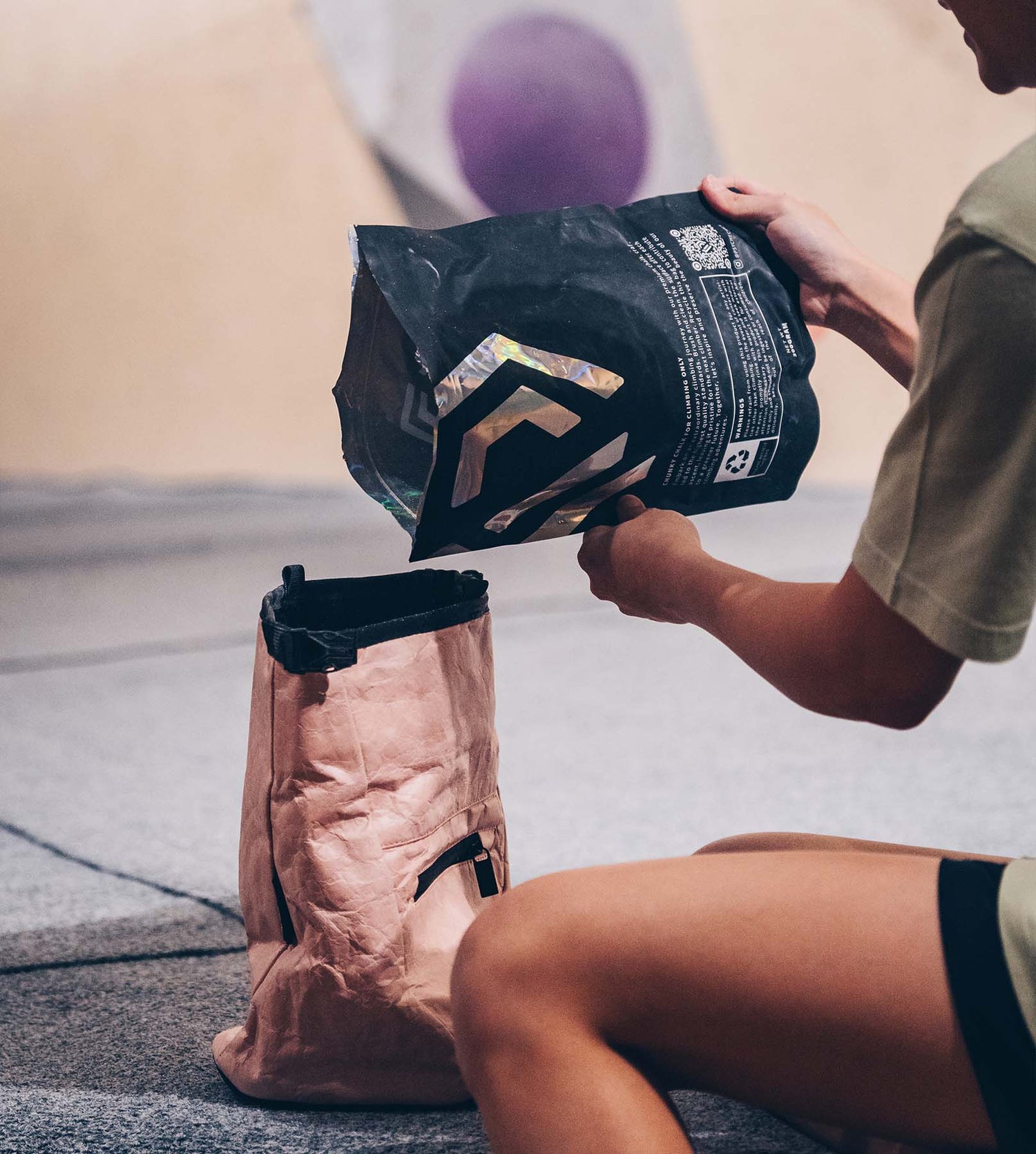
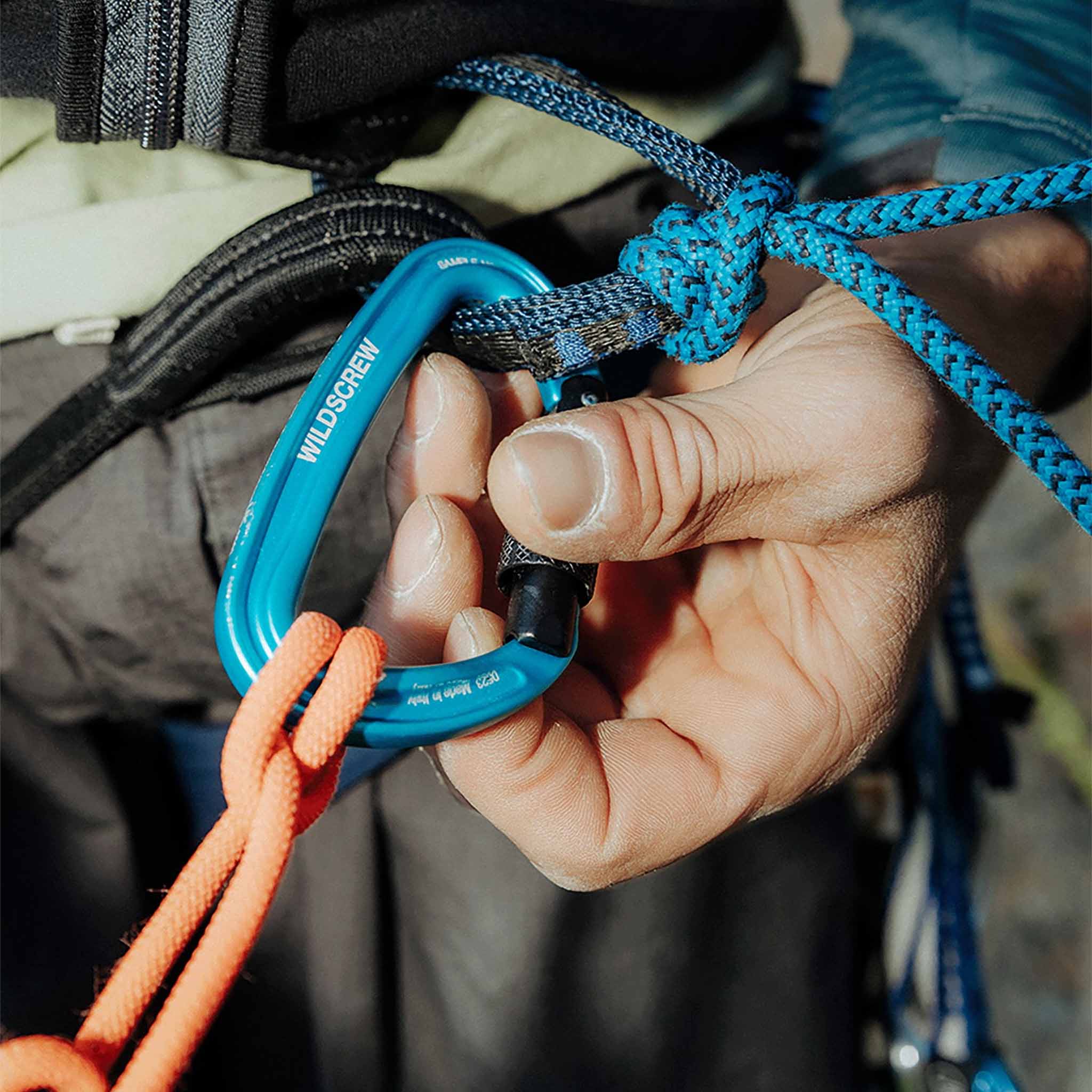
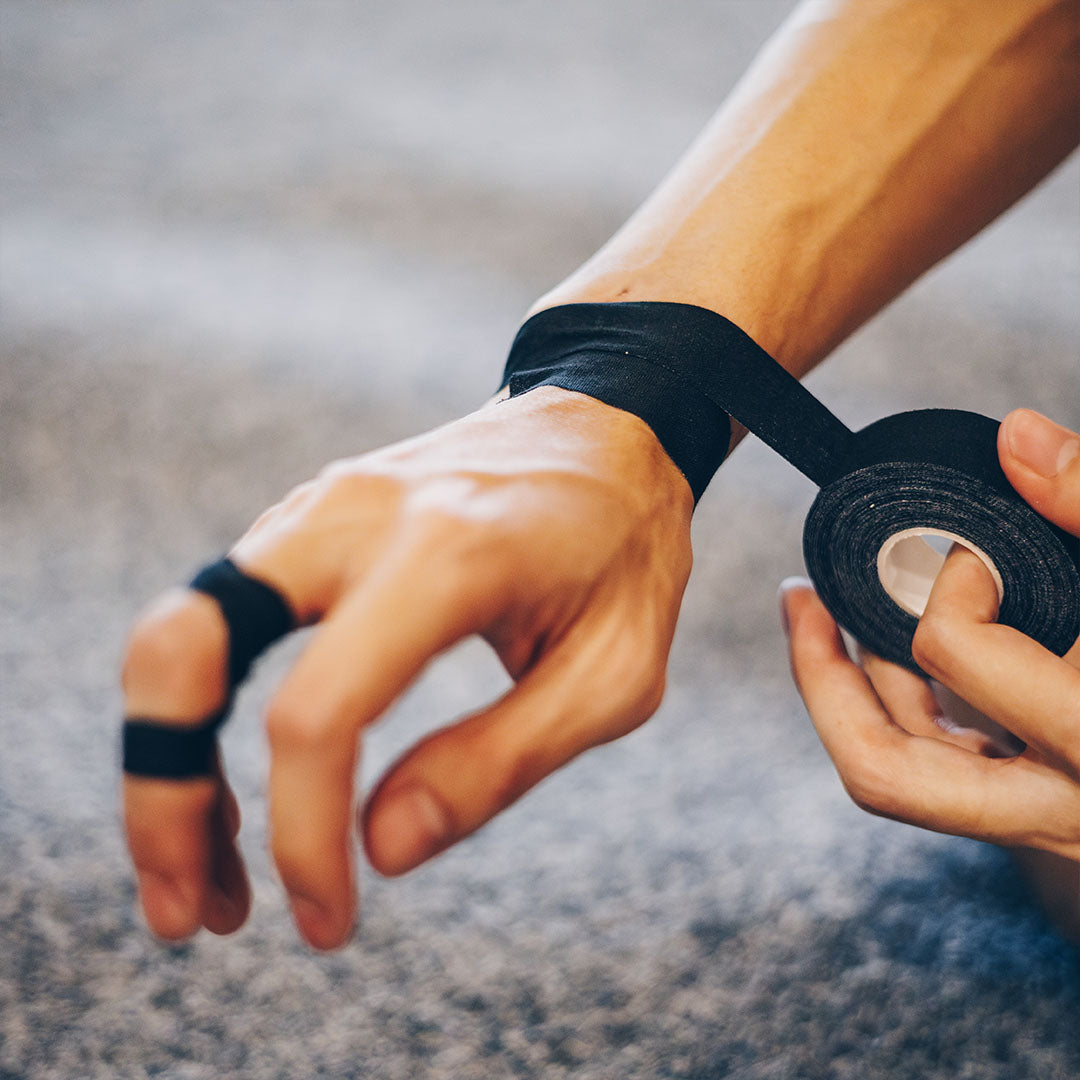
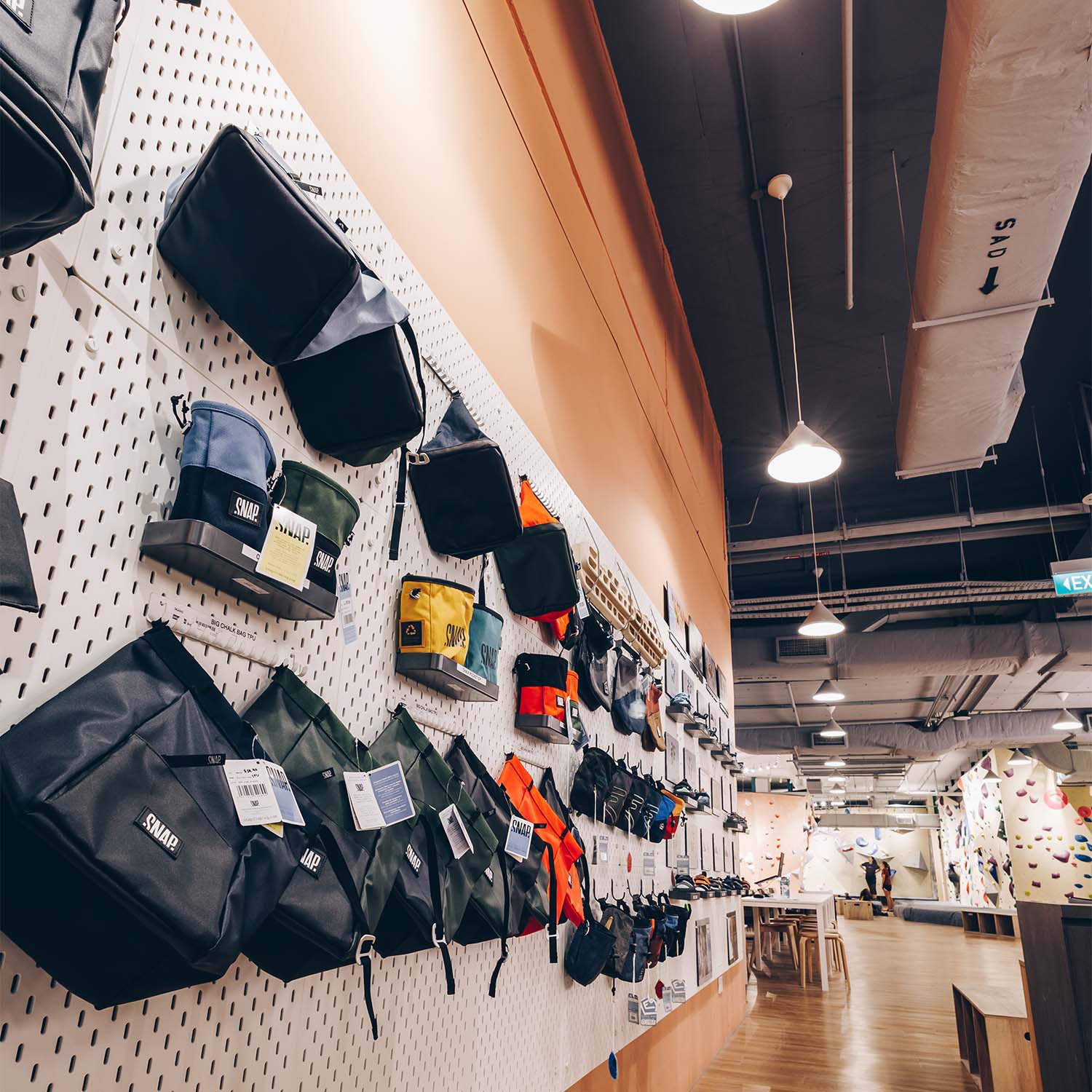

Leave a comment
This site is protected by hCaptcha and the hCaptcha Privacy Policy and Terms of Service apply.